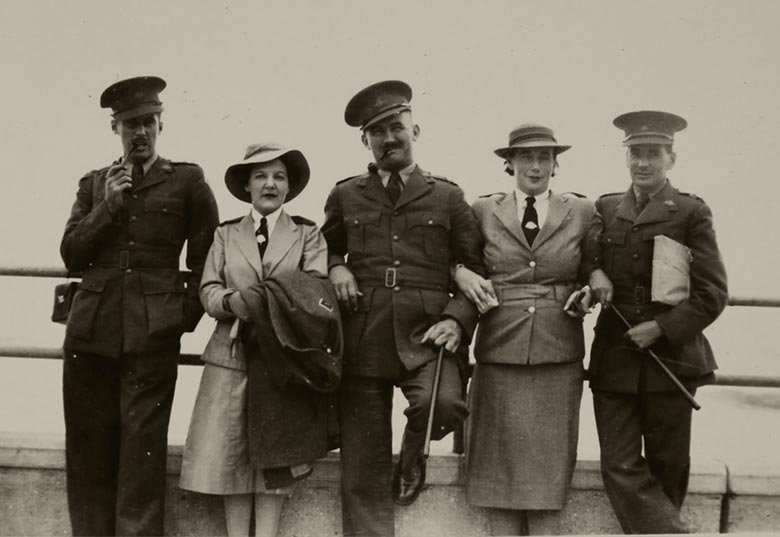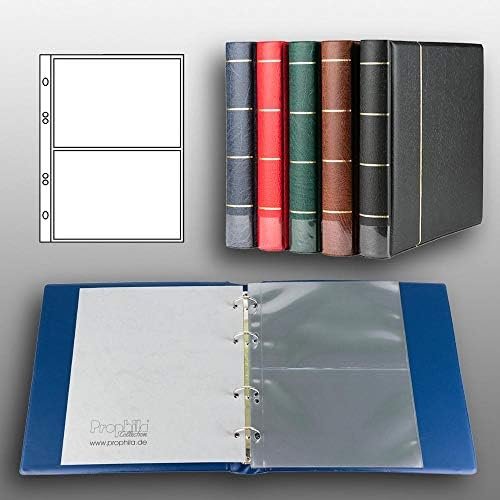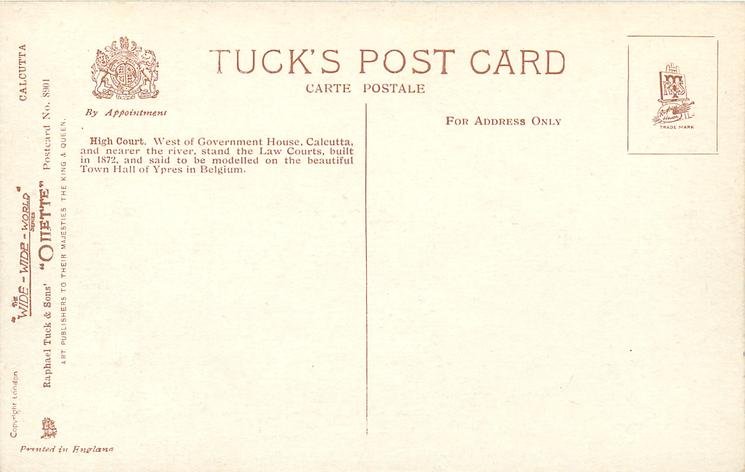
The Rich Tapestry of UK Stamp Collecting
September 9, 2024
Collections Cataloguing Software
September 10, 2024Postcards have long captivated the hearts and minds of collectors across the United Kingdom, serving as tangible portals to bygone eras and offering a unique perspective on the nation’s rich history. These seemingly simple pieces of card stock have become invaluable artifacts, preserving snapshots of landscapes, social customs, and artistic trends that might otherwise have been lost to time. The fascination with postcards extends far beyond mere nostalgia; it represents a deep-seated desire to connect with our shared cultural heritage and to understand the lives of those who came before us. As we delve into the world of postcard collecting in the UK, we uncover a tapestry of stories, each card a thread woven into the fabric of British history.

The golden age of postcards in Britain, spanning from the late Victorian era through the Edwardian period, coincided with a perfect storm of technological advancements and societal changes. The introduction of high-speed printing presses and the development of photographic reproduction techniques allowed for the mass production of high-quality images at an unprecedented scale. This technological revolution dovetailed neatly with the rise of mass tourism, as improvements in transportation and the advent of paid holidays made travel more accessible to the middle class. The postcard became not only a means of communication but also a souvenir, a way for travelers to share their experiences with friends and family back home. This convergence of factors led to an explosion in postcard production and consumption, with millions of cards circulating throughout the country and beyond.
Topographical Postcards: A Visual Chronicle of Britain’s Changing Landscape
Among the most cherished categories of postcards are those depicting the topography of the British Isles. These cards offer an unparalleled visual record of how the nation’s cities, towns, and countryside have evolved over the decades. Collectors of topographical postcards often find themselves on a journey through time, comparing the scenes captured on century-old cards with the present-day reality. The transformation of urban landscapes is particularly striking, with postcards revealing the gradual modernization of city centers, the expansion of suburbs, and the changing skylines that reflect the ebb and flow of architectural fashions. Rural scenes, too, hold their own fascination, documenting the slow but inexorable changes in agricultural practices, village life, and the natural environment.

The appeal of topographical postcards extends beyond mere documentation; they often capture a sense of place that resonates deeply with collectors. Many enthusiasts focus their efforts on assembling comprehensive collections of specific regions, towns, or even individual streets. This hyper-local approach to collecting allows for an intimate exploration of a particular area’s history, revealing subtle changes that might otherwise go unnoticed. For example, a series of postcards depicting a seaside resort over several decades might show the evolution of beach fashion, the development of promenades and piers, and the changing modes of transportation used by holidaymakers. Such collections become valuable resources not only for personal enjoyment but also for local historians, urban planners, and anyone interested in the social and economic development of British communities.
The Artistry and Craftsmanship of Vintage Postcards
While many postcards serve a primarily documentary function, others are prized for their artistic merit. The golden age of postcards coincided with several influential art movements, including Art Nouveau and the Arts and Crafts movement, and many cards from this period reflect these aesthetic sensibilities. Collectors often seek out postcards designed by renowned artists and illustrators, with some rare examples commanding significant prices at auction. The work of artists like Raphael Kirchner, whose Art Nouveau-style postcards are highly sought after, or the whimsical illustrations of Louis Wain, famous for his anthropomorphic cats, exemplify the artistic heights achieved in postcard design.

The craftsmanship involved in early postcard production is another aspect that fascinates collectors. Before the widespread adoption of photographic techniques, many postcards were produced using intricate lithographic processes. These cards often feature vibrant colors and fine details that have remarkably withstood the test of time. Collectors with a keen eye for quality may specialize in cards produced by specific printers or publishers known for their exceptional work. The Valentine’s Series, for example, is renowned for its high-quality topographical views, while Raphael Tuck & Sons produced a wide range of beautifully designed cards that remain highly collectible today.
Social History Inscribed: Messages from the Past
While the images on postcards provide a visual record of the past, the messages written on their reverse sides offer an equally valuable glimpse into the social history of Britain. These brief notes, often limited by space constraints, provide intimate insights into the daily lives, relationships, and concerns of past generations. Collectors often find themselves drawn into the personal stories hinted at in these messages, piecing together fragments of long-forgotten lives. A postcard might reveal a soldier’s thoughts before heading to the front lines, a child’s excitement about a seaside holiday, or a cryptic message arranging a clandestine meeting.

The language and content of these messages also reflect changing social norms and communication styles. Early postcards often feature more formal language and adhere to strict etiquette, while later examples may show a gradual relaxation in tone. The topics discussed on postcards provide insight into the preoccupations of different eras, from wartime concerns to the minutiae of everyday life. For social historians, these messages are invaluable primary sources, offering unfiltered glimpses into the past that complement more traditional historical records.
Wartime Postcards: Emotional Artifacts of Conflict
Postcards from periods of conflict, particularly those from World War I and World War II, hold a special place in many collections due to their historical significance and emotional resonance. These cards serve multiple functions: as propaganda tools, morale boosters for troops and civilians alike, and as vital links between soldiers and their loved ones back home. Collectors of wartime postcards often find themselves drawn into the personal stories of those who lived through these tumultuous times, with messages that range from stoic reassurances to heartfelt declarations of love and longing.

The imagery on wartime postcards is equally compelling, offering a visual chronicle of how the conflicts were perceived and presented to the public. Patriotic themes, caricatures of enemy forces, and idealized depictions of military life are common, providing insight into the propaganda efforts of the time. Some collectors focus on specific aspects of wartime postcards, such as those depicting particular military units, battle scenes, or home front activities. The rarity of postcards from certain theaters of war or those that managed to evade censorship can make them particularly valuable to collectors.
The Resurgence of Interest in Vintage UK Postcards
In recent years, the market for vintage UK postcards has experienced a notable resurgence, driven by a combination of factors. Nostalgia plays a significant role, with many collectors drawn to postcards that evoke memories of their own past or that of their ancestors. The historical interest in postcards has also grown as researchers and enthusiasts recognize their value as primary sources for understanding social, cultural, and economic history. Additionally, the aesthetic appeal of early photographic and artistic styles has found a new appreciation among collectors who view postcards as miniature works of art.
This renewed interest has led to a diversification of collecting focuses, with enthusiasts increasingly drawn to niche categories. Advertising postcards, for example, have become highly sought after for their ability to document the evolution of consumer culture and graphic design. These cards offer a visual history of brand development, marketing strategies, and changing consumer tastes. Novelty postcards, featuring innovative designs or unusual materials, represent another growing area of interest. From cards with moving parts to those incorporating textiles or metallic elements, these novelties showcase the creativity and ingenuity of early postcard producers.
The Intersection of Philately and Deltiology
The crossover appeal of postcards to both philatelists (stamp collectors) and deltiologists (postcard collectors) has contributed significantly to their enduring popularity in the UK collectables market. For philatelists, postcards offer an opportunity to study postal history, with postmarks, stamps, and routing information providing valuable insights into the development of mail services. Some collectors focus specifically on postcards that bear rare or unusual stamps, or those that demonstrate particular postal rates or routes.
Deltiologists, on the other hand, may be more interested in the overall composition of the card, including both the image and any written message. However, the overlap between these two collecting disciplines has led to a rich exchange of knowledge and appreciation. Many collectors find themselves straddling both worlds, with their interest in postcards enhancing their understanding of philately and vice versa. This synergy has helped to maintain a robust market for vintage postcards, with specialized dealers and auctions catering to the diverse interests of collectors.
Challenges and Opportunities in Modern Postcard Collecting
While the market for vintage postcards remains strong, the hobby faces certain challenges in the modern era. The decline in traditional mail usage has led to a reduction in the production of new postcards, potentially limiting the pool of future collectibles. However, this scarcity may ultimately increase the value of contemporary postcards in the long term. Additionally, the rise of digital communication has changed the way people share travel experiences and memories, potentially diminishing the role of physical postcards in popular culture.
Despite these challenges, postcard collecting continues to adapt and evolve. Many collectors are embracing digital technologies to enhance their hobby, using online databases and forums to share information and connect with fellow enthusiasts. The ability to digitize and share collections online has opened up new possibilities for research and collaboration. Some collectors are also turning their attention to more recent postcards, recognizing that today’s commonplace items may become tomorrow’s rarities.
Preserving History: The Role of Postcard Collections in Cultural Heritage
As the importance of postcards in documenting social and cultural history becomes increasingly recognized, many collections are finding new homes in museums, libraries, and archives. These institutions value postcards not only for their individual merits but also for the collective story they tell when assembled in large numbers. Digitization projects are making these collections more accessible to researchers and the general public, ensuring that the historical value of postcards is preserved for future generations.
Collectors themselves play a crucial role in this preservation effort. By carefully curating and documenting their collections, they contribute to the broader understanding of British history and culture. Many collectors engage in research, publishing their findings in specialist journals or books, and thus adding to the body of knowledge surrounding postcards and their historical context. This scholarly approach to collecting has elevated the status of postcards from mere ephemera to valuable historical artifacts.
In conclusion, the world of UK postcard collecting is a rich and multifaceted one, offering endless opportunities for exploration and discovery. From the tangible connection to the past that these small pieces of card provide to the artistic and historical insights they offer, postcards continue to captivate collectors and researchers alike. As we move further into the digital age, the importance of preserving and studying these physical remnants of our shared history only grows. Whether viewed as windows to the past, works of art, or historical documents, postcards remain an integral part of Britain’s cultural heritage, their allure undiminished by the passage of time
Postcard Display and Storage





















